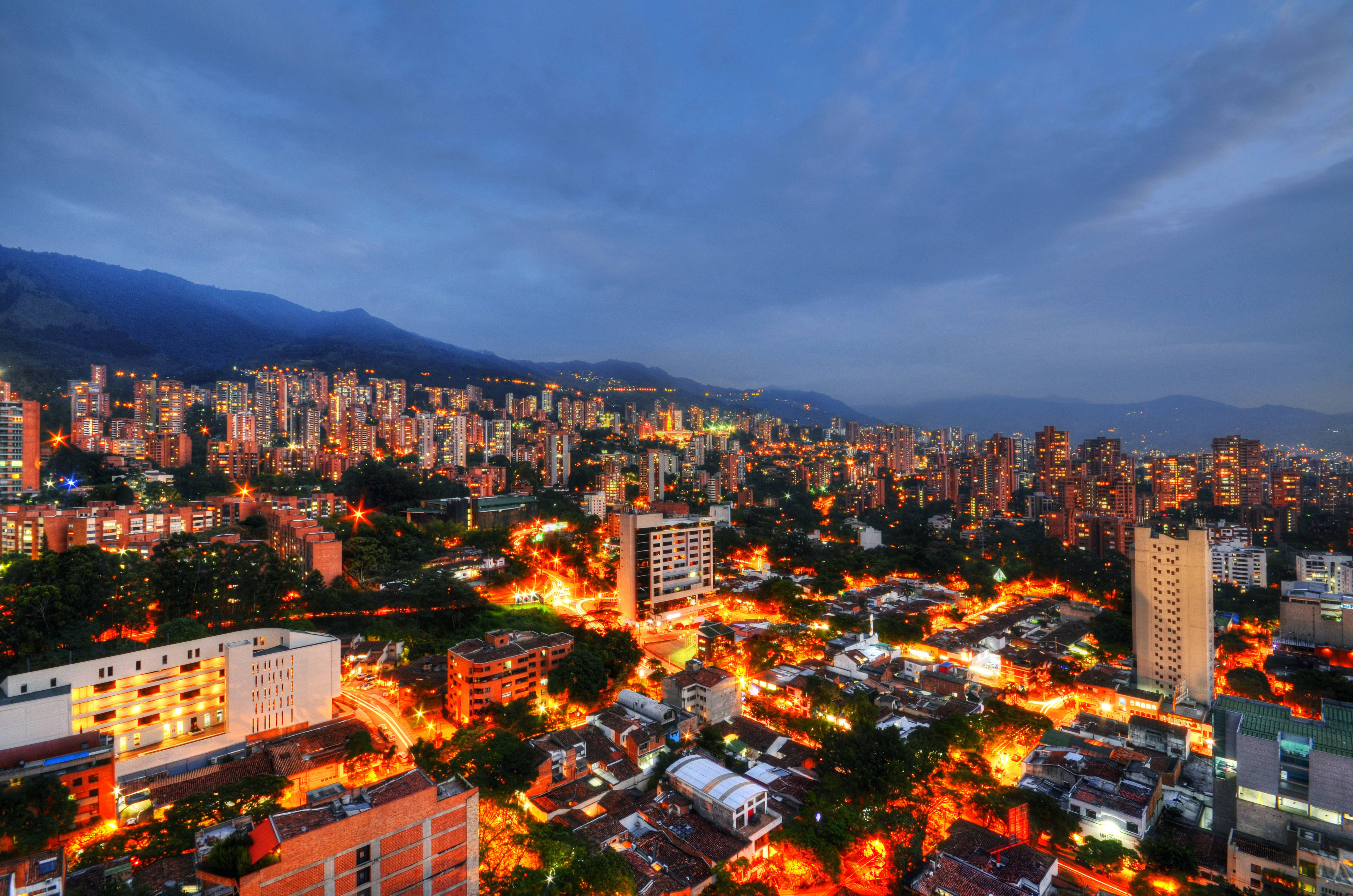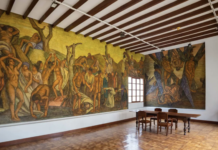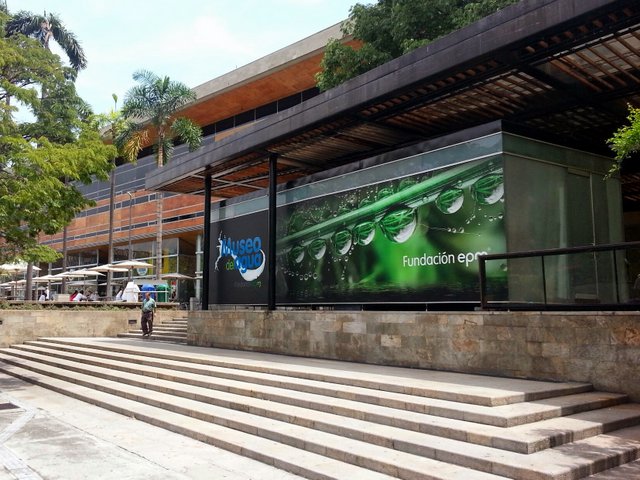
I recently took part of an afternoon to visit the lesser known Museo del Agua, the Water Museum, located within the Parque de los Pies Descalzos and brought to you by Empresas Públicas de Medellín (EPM), the local public utility company.
At first blush this museum might sound fairly unappealing, and it doesn’t seem to make many appearances on the must-see lists or in the travel books on Medellín.
Indeed, I’d never really heard much about this museum but decided to see what it had to offer. Turns out, I was glad to have made the trip.
The Museo del Agua tells the story of exactly what you think it does.
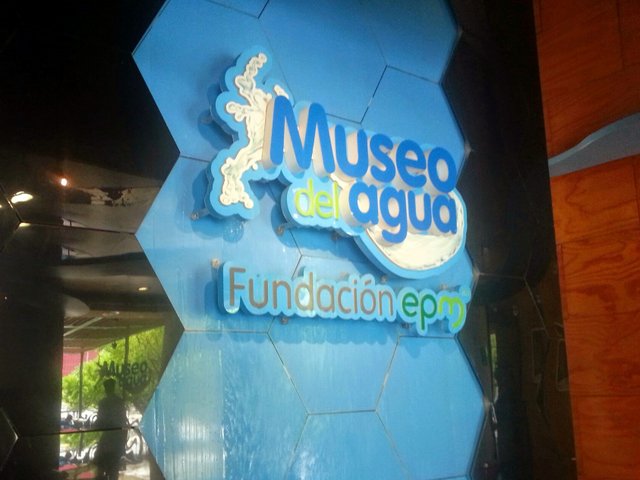
Upon paying the modest 6,000 peso ($3) admission fee (entrance is free for those from estrato 1-3 neighborhoods, which is a great policy to bring in lower-income residents), you are ushered upstairs to begin your trip through time.
The visit begins with a feel similar to a planetarium with the birth of the universe, the creation of the planets and the evolution of life over Earth’s billions of years.
This, of course, is all done with a focus on water and the crucial role it played in the formation of our atmosphere and ultimately life on this planet.
The museum features big screens, interactive elements and some impressive effects to make what might be an otherwise dull subject a little more engaging, especially for children.
It is chock full of exhibits that envelop you from all sides, TVs embedded in the floor, and plenty of interactive touch screens to explore the subject matter more in-depth.

In the first rooms the museum goes into detail about the evolution of life on earth from the earliest forms to the rise of the early Homo sapiens.
As you venture from room to room things become more Colombia specific, which I found to be the most fascinating part of the museum.
There are a handful of rooms which show the numerous and extremely varied climates of Colombia and the role of water within each.
From the plains of the llano to the tropical jungle, and from the high altitude páramo to the deserts of La Guajira.
Each small room provides an authentic replica of the ecosystem, sounds and even the climate of the area by featuring either hotter temperatures, more humidity, or the chill of the mountains.
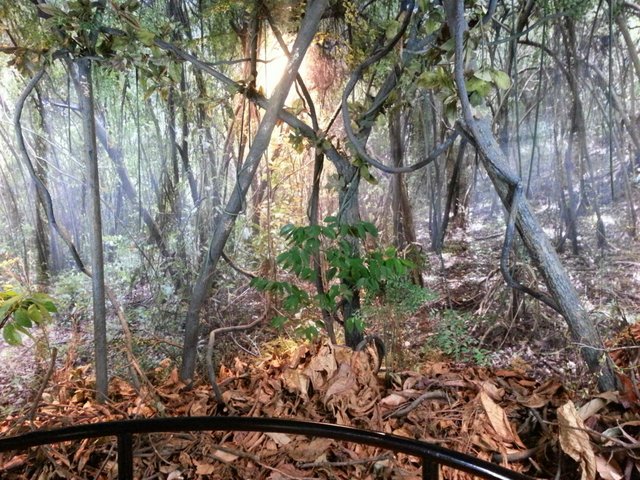
From there the museum becomes even more localized as it goes into detail about where the water comes from when you turn on the tap here in Medellín.
With details about the various reservoirs that surround the city such as those in Piedras Blancas and La Fe. To the processes used to transport, treat and deliver water to a city of millions.
The final exhibits progress back into a wider global perspective as it addresses the importance of conservation and an environmentally sound approach to managing our water and other natural resources.

It does this by showcasing the waste that we all generate on average, whether through the purchase of plastic water bottles, the increasingly prevalent e-waste, and the typical water usage for showering, washing cars and watering gardens.
These are important reminders for all of us whether you’re living in the hills of Los Angeles or the hills of Medellín.
It is a museum with at once such a simple but such a profound and pervasive subject matter at its core.
The museum also details the numerous options for clean energy development in the world today and some of these projects that have been completed or are under development throughout the country.
Museo del Agua touches on a little bit of everything from scientific forces, the creation of the universe, environmental conservation, and the development of aqueducts and methods of moving water throughout history and across the globe.
Water is something so often taken for granted. You just turn the faucet and there it is. But water is the most powerful force on earth, from its importance to all living creatures to its ability to shape the very surface of the earth like the impressive Cañón del Chicamocha.
It is refreshing to see a museum dedicated to this oh-so important part of our life.
If you are looking for a different sort of museum to visit, the Museo del Agua is certainly worthwhile. It is good for an hour or two of exploration and can accompanied with nearby attractions, such as the Parque de los Pies Descalzos or the Parque de las Luces.
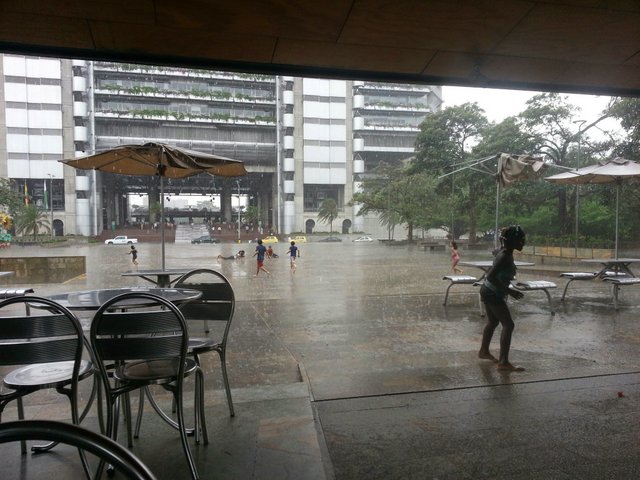
The museum, like most in Medellín, is all in Spanish though, so you will find it much more interesting and informative if you can read the language.
The video below gives a taste of what the museum has to offer:



